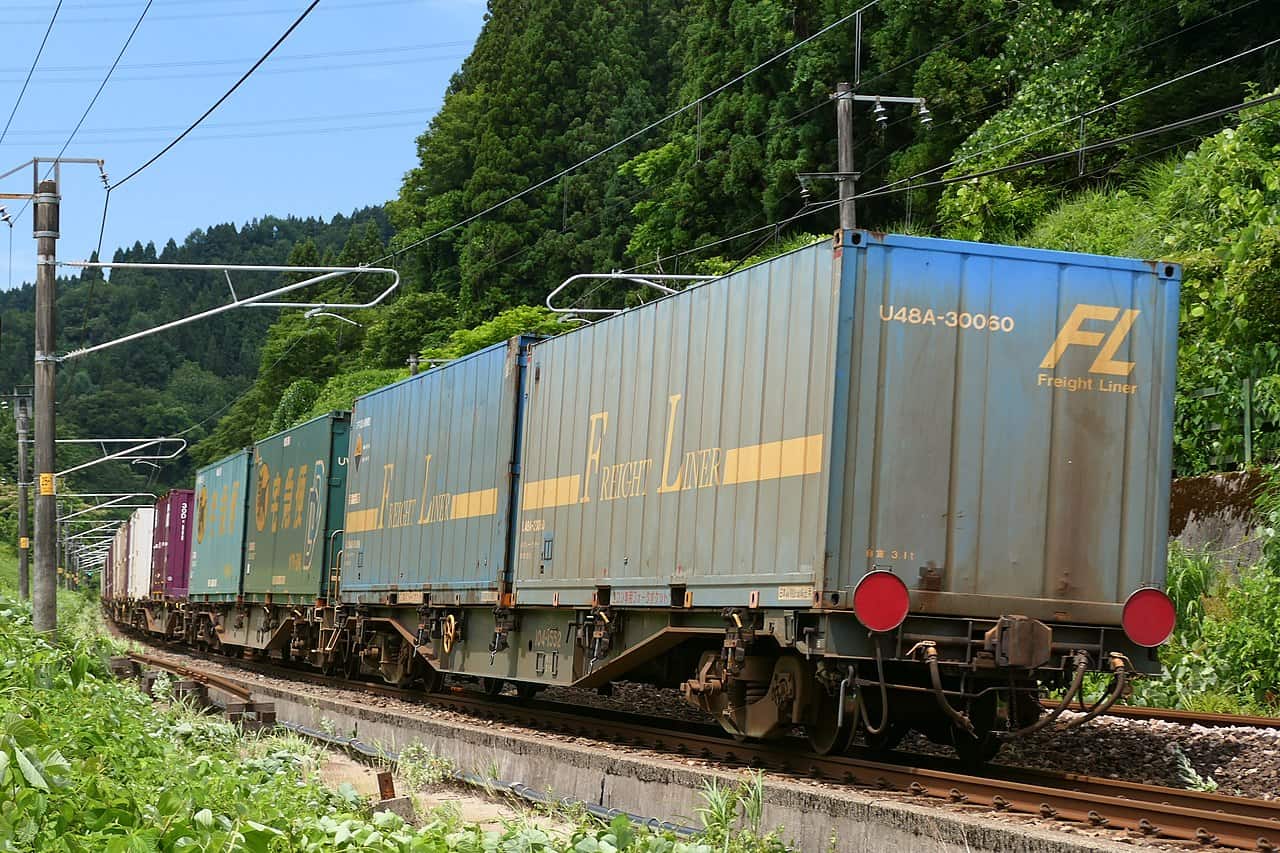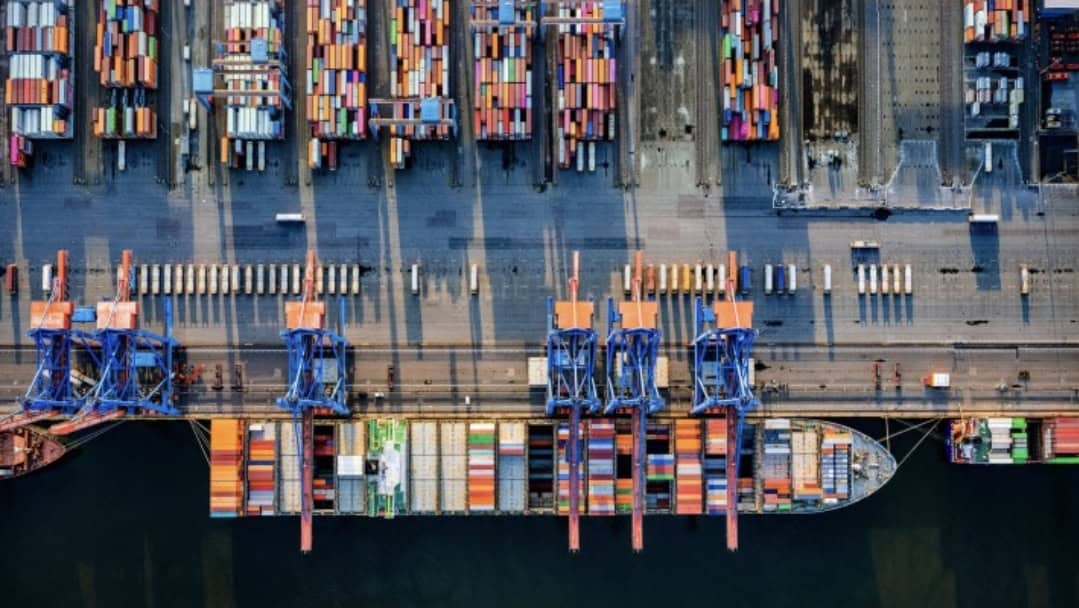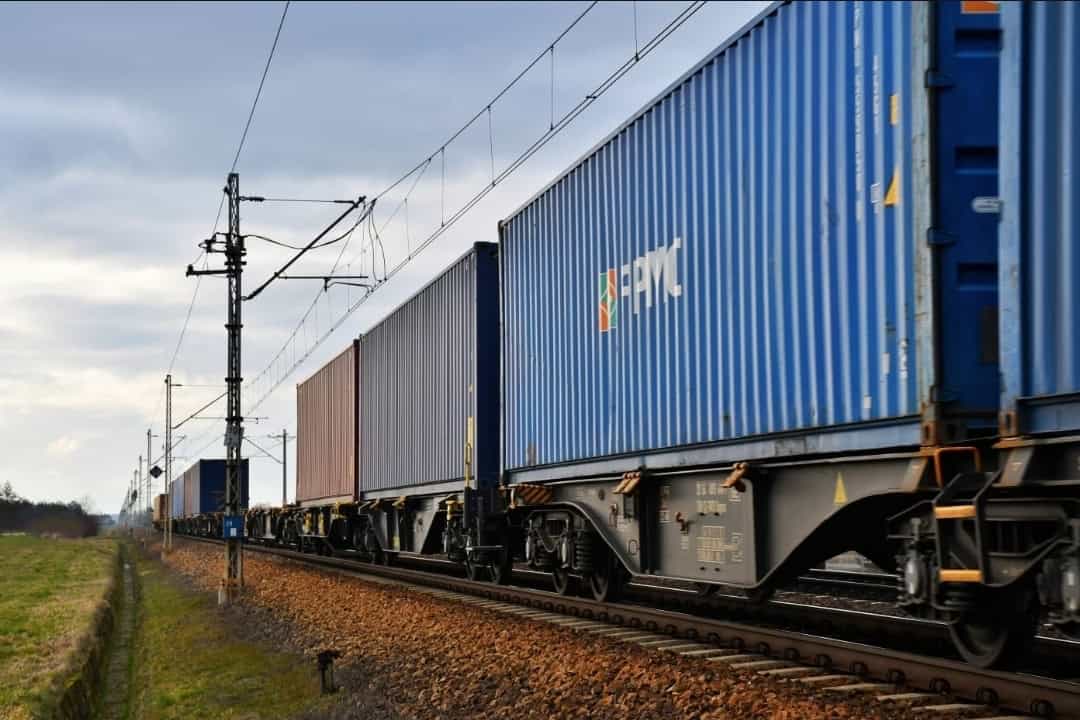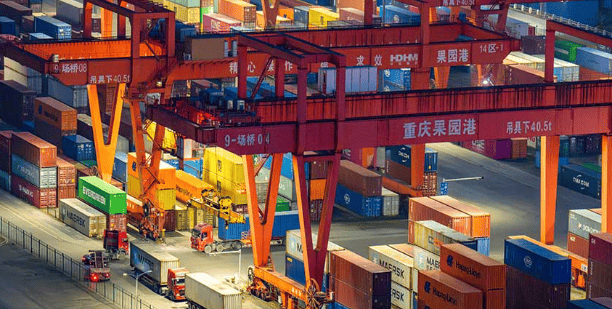In the fiscal year 2024–2025, Indian Railways transported a record 1.617 billion tonnes of freight, making it, according to official data from the Ministry of Railways, the second-largest rail freight carrier in the world, just behind China. This achievement means India has overtaken the United States and Russia in terms of total freight tonnage moved by rail.
A Record Year for Indian Railways
According to the Press Information Bureau (PIB) – the official information agency of the Government of India – freight traffic on Indian Railways in FY 2024–25 reached 1,617.38 million tonnes (MT), an increase of more than 26 million tonnes compared with the previous year (1,590.68 MT).
This is the best result in the history of Indian Railways and a symbolic milestone confirming India’s growing role in global logistics.
Indian business media, including The Economic Times Infra and Logistics Insider, emphasize that this record volume places India second in the world, right after China, surpassing the United States and Russia in total rail freight tonnage carried during the year.
Investment and Modernization Driving Success
The main driver of growth has been the Dedicated Freight Corridors (DFCs) – massive infrastructure projects creating exclusive freight rail routes.
The commissioning of the two main corridors, the Eastern DFC and Western DFC, has significantly increased network capacity and shortened transit times for heavy goods between ports and industrial regions.
In recent years, Indian Railways has also carried out extensive modernization of rolling stock, including the purchase of high-power locomotives and advanced wagons, as well as electrification of over 90% of major freight routes. Efficiency has further improved through new traffic management systems and digital logistics solutions.
The Indian Minister for Railways, Ashwini Vaishnaw, emphasized that the record performance is the result of “effective implementation of the strategy to increase the railway’s share in freight transport and growing industry confidence in rail logistics.”
Why India Surpassed the U.S. and Russia
In rankings based on total tonnage (rather than tonne-kilometers), India now ranks second, behind only China.
The U.S. system, while more automated and intermodal, handles a smaller total tonnage because a large portion of freight in the U.S. moves by road.
Russia, on the other hand, traditionally maintains high volumes of coal and raw material transport, but its figures have declined in recent years due to export restrictions.
India has benefited from the opposite trend – rising domestic demand for coal, steel, cement, fertilizers, and fuels, which account for over 70% of rail freight. In addition, the government in New Delhi is actively pursuing a policy of shifting heavy freight from roads to rail, aligning with its national decarbonization strategy.
Economic Significance and Global Ambitions
The increase in freight transport has not only economic but also strategic importance for India.
Enhanced rail capacity reduces domestic logistics costs, supports heavy industry and exports, and makes the country more attractive to foreign investors.
The government plans further investments in intermodal terminals and modern transshipment hubs, with a target of reaching 2 billion tonnes of annual freight in the coming years.
Experts suggest that with sustained investment in infrastructure and digitalization, India could become not only the second but potentially the largest rail freight carrier in the world within the next decade.



